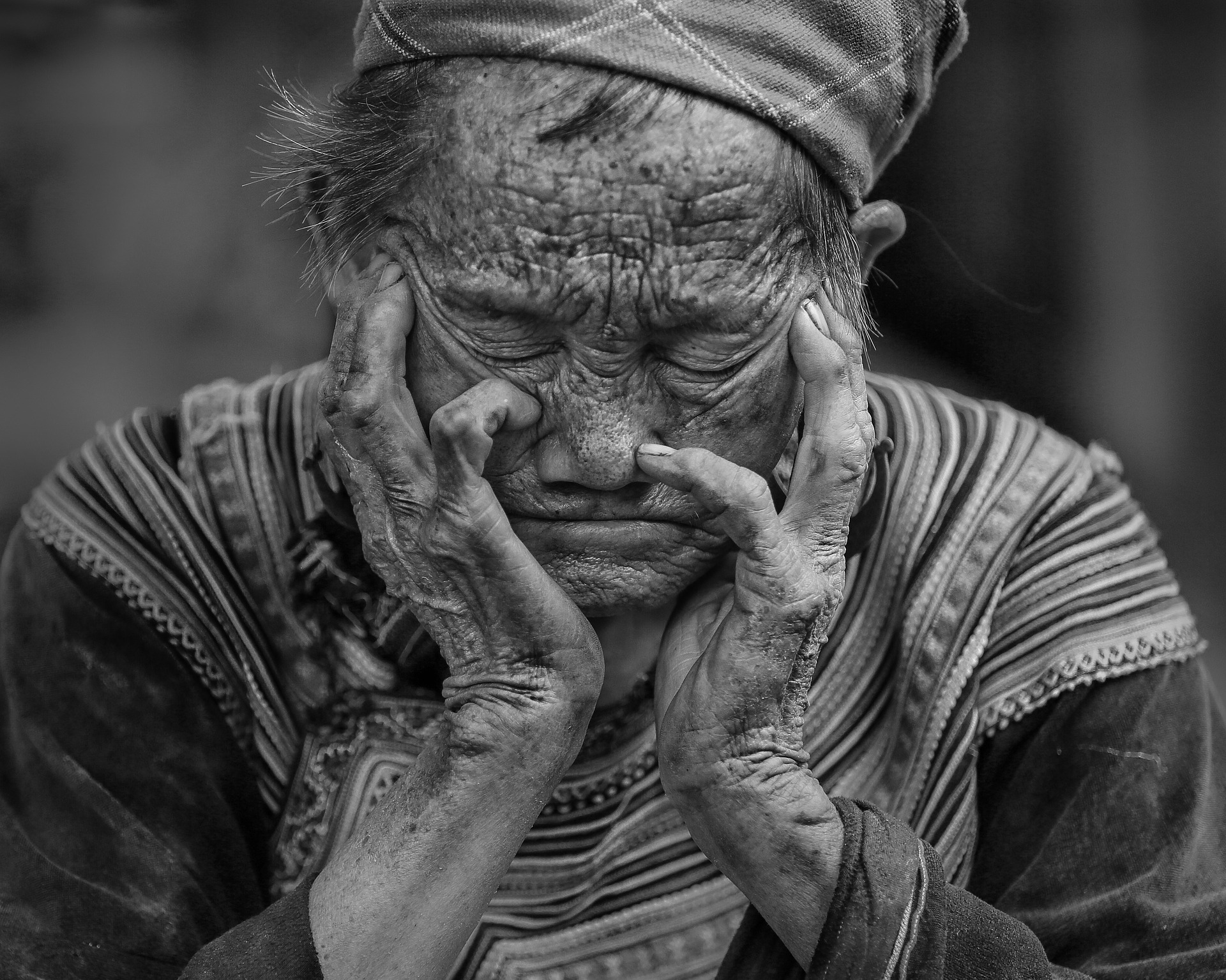As an actor, body language is an essential tool in your toolbox.
Not only does it bring awareness to how you slate or behave outside your performances in an audition setting, but it also sheds light on the characters you play.
Understanding what body language conveys to the people around you (whether you’re on stage or in front of a camera) is the best place to start when physically crafting your characters.
So, what exactly is body language?
What is body language?
From the Oxford English Dictionary, the definition of body language states it’s “the process of communicating nonverbally through conscious or unconscious gestures and movements.”
It includes a variety of behaviors such as facial expressions and the use of space.
Body language is both universal and cultural.
It’s the whole idea of being lost in translation. Not everything is about verbal language.
Have you ever misinterpreted the tone of a text message or email?
I certainly have.
It can be tough to gauge a situation when we can’t see the person.
So, as an example, if you’re playing a character of a different culture, it would benefit you to do some research to see if there’s any specific cultural gestures you could incorporate into your character’s movement signature,
One great way to do this is to consume media of that culture.
Whether it’s the news, movies, music videos, the internet is your friend here.
Importance of body language
I don’t personally see body language as being good or bad inherently. However, they do convey positive and negative information, often unconsciously.
The Personal Power Information post it refers to also offers some incredible insights, mainly that:
“Albert H Mehrabian experimented in the late 60’s and early 70’s and came up with this calculation in terms of how important the non verbal movements, signals, and gestures are when it comes to the overall effectiveness of our communication in relaying our message to others. Words account for only 7% Tone of voice accounts for 38% Body language accounts for 55%”
Safe to say, body language and understanding how we communicate non-verbally are essential as a human and vital to acting.
Now, let’s dive into some examples.
Fristly, because pictures are worth 1,000 words:



Some other examples of body language:
- crossed arms
- eye contact
- a smile that doesn’t meet the eyes
- personal space
- blinking quickly
- blinking very little
- leaning in
- playing with hair
- nail biting
- upright posture
So, expanding on this, someone who has their arms folded can come across as uninterested or angry.
When you’re introducing yourself during an audition, this probably wouldn’t be your best choice.
But, if the character you’re playing is in an argument or is closed off emotionally, crossing your arms can become a fantastic movement choice.
Talking with someone who smiles, and that smile doesn’t seem to reach their eyes? How does that make you feel?
And yes, I’m thinking of Tom Cruise and how Christian Bale used Cruise as his influence for the serial killer, Patrick Bateman from American Psycho. This is a great post diving into that if you’re interested.
Now, all of this leads to first and foremost, we have to be aware of how our bodies move BEFORE we can truly dive into our character movement work.
Awareness of your bodies habits
If you’ve read other posts of mine, followed me on social media, or worked with me personally, you’ll know this is a big thing for me.
Body awareness always comes first.
See, our bodies and minds are conditioned from a very young age to behave in specific ways.
We’re sponges where we’re small. We absorb all the things around us from who raises us, our local community to the larger society we live in.
Do you naturally slouch? Nod when you say ‘thank you? Gesture whenever you talk?
To be clear, this conditioning isn’t a bad thing at all.
It’s simply you.
But, to be a chameleon as an actor, you have to become aware of your own conditioning if you’re going to portray characters different from you.
The foundation of character movement work is you, like yourself, at your baseline.
I wrote more about why character movement work is so vital to the work of an actor, you can check it out here.
So, how, as actors, do we harness body language?
Leveraging body language
Leveraging body language to your advantage as an actor and for the characters, you play is vital to basically everything we do.
In the audition space or performing.
One great way to become more aware of body language is to people watch.
Casually people watch. No need to make anyone uncomfortable.
Another is to tape one of your monologues, or even just talk about anything you’d like and watch it.
Guarantee you’ll spot gestures or micro-expressions or other aspects of how your body moves that you didn’t know about.
When in doubt, as those close to you if they could share their thoughts on your default body language.
Then, in turn, think about theirs.
The best thing you can do is continue observing, experimenting, and learning.
Happy moving!





Jeffrey Machado
February 19, 2022 at 4:35 amThanks for the reminder that observation (in this case, of body language) is a crucial skill for an actor to develop. Between observation and listening, it’s clear our incoming lines of communication must be as strong, if not stronger, than our outgoing ones.
Katherine
February 25, 2022 at 8:21 pmThat’s a great way of putting it. Incoming communication needs to be strong and listening is always key.